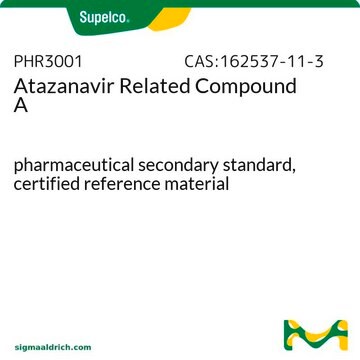95318
L-(+)-Tartaric acid
tested according to Ph. Eur.
Sinónimos:
Acidum tartaricum, (2R,3R)-(+)-Tartaric acid, L-Threaric acid
About This Item
Productos recomendados
Agency
USP/NF
tested according to Ph. Eur.
densidad de vapor
5.18 (vs air)
formulario
crystals
powder with small lumps
temp. de autoignición
797 °F
mp
170-172 °C (lit.)
cadena SMILES
O[C@H]([C@@H](O)C(O)=O)C(O)=O
InChI
1S/C4H6O6/c5-1(3(7)8)2(6)4(9)10/h1-2,5-6H,(H,7,8)(H,9,10)/t1-,2-/m1/s1
Clave InChI
FEWJPZIEWOKRBE-JCYAYHJZSA-N
¿Está buscando productos similares? Visita Guía de comparación de productos
Palabra de señalización
Danger
Frases de peligro
Consejos de prudencia
Clasificaciones de peligro
Eye Dam. 1
Código de clase de almacenamiento
11 - Combustible Solids
Clase de riesgo para el agua (WGK)
WGK 1
Punto de inflamabilidad (°F)
302.0 °F - closed cup
Punto de inflamabilidad (°C)
150 °C - closed cup
Equipo de protección personal
dust mask type N95 (US), Eyeshields, Gloves
Choose from one of the most recent versions:
¿Ya tiene este producto?
Encuentre la documentación para los productos que ha comprado recientemente en la Biblioteca de documentos.
Los clientes también vieron
Nuestro equipo de científicos tiene experiencia en todas las áreas de investigación: Ciencias de la vida, Ciencia de los materiales, Síntesis química, Cromatografía, Analítica y muchas otras.
Póngase en contacto con el Servicio técnico








